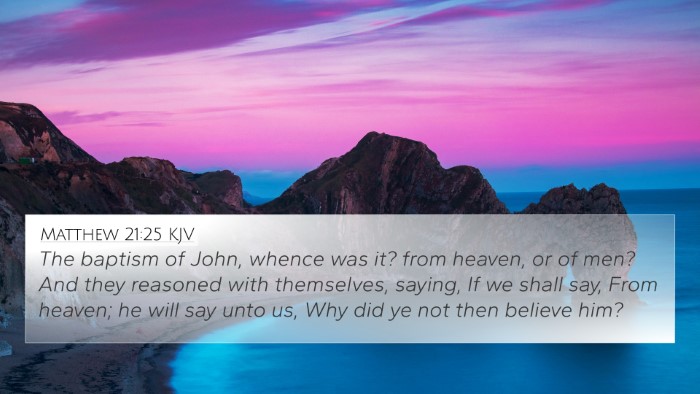Understanding Luke 14:4
Luke 14:4 reads: "But they held their peace. And he took him, and healed him, and let him go."
This verse occurs in the context of Jesus healing a man with dropsy on the Sabbath. The setting is significant as it showcases Jesus’ willingness to challenge prevailing social norms and interpretative laws of His day. Below, we explore insights and interpretations from notable public domain commentaries.
Insights from Public Domain Commentaries
Matthew Henry's Commentary
Matthew Henry emphasizes that Jesus uses this healing not only to alleviate suffering but also to teach a lesson about compassion over rigid adherence to the law. Henry points out that the silence of the Pharisees demonstrates their hypocrisy and lack of compassion, as they were more concerned with the law than the well-being of individuals.
Albert Barnes' Notes on the Bible
Albert Barnes highlights the confrontation of legalism versus mercy. He notes that healing on the Sabbath challenges the Pharisaic interpretation of the law. Barnes explains that Jesus illustrates that doing good is lawful on the Sabbath, thereby reinforcing the principles of love and mercy as central to God’s commands.
Adam Clarke’s Commentary
Adam Clarke notes the miraculous aspect of the healing, showcasing Jesus's authority over illness. He mentions the cultural context, namely the views held by the Jewish leaders regarding work on the Sabbath, and presents Jesus' act as a decisive stand against their legalistic interpretation.
Thematic Connection and Cross-Referencing
This verse can be linked to several other biblical texts that highlight similar themes of compassion, the healing acts of Jesus, and the interplay between the law and love:
- Matthew 12:10-14 - Healing on the Sabbath, where Jesus similarly challenges the Pharisees about the value of life over ritual.
- Mark 3:1-6 - Another account of healing on the Sabbath that ignites conflict with the religious leaders.
- Luke 13:15-16 - Jesus defends His actions by comparing His healing to the permissible act of watering an animal on the Sabbath.
- James 2:13 - A New Testament reflection on mercy triumphing over judgment and the importance of compassionate action.
- Isaiah 58:6-7 - The prophet emphasizes acts of charity and kindness as true worship, resonating with Jesus' message.
- Matthew 5:17 - Jesus affirms that He comes to fulfill the law, suggesting a deeper understanding of its purpose.
- Luke 10:25-37 - The Parable of the Good Samaritan exemplifies loving action over legalistic interpretations.
- John 5:10-11 - Another scene of healing, showing the tension with the authorities regarding the Sabbath.
- Galatians 6:2 - Paul’s exhortation to bear one another's burdens, reflecting Jesus' actions here.
Connecting Themes
The healing narrative of Luke 14:4 serves as a potent reminder of the conflict between human authority and divine compassion. This moment reflects Jesus’ mission - to restore humanity physically and spiritually, undeterred by human regulations that prioritize the law over love.
Practical Applications
For those engaged in Bible study, this passage offers valuable lessons on:
- The importance of prioritizing mercy and compassion in our actions.
- Understanding the heart of the law as a guide for ethical living.
- Engaging with the broader biblical narrative to contextualize Jesus' actions.
- Applying the principles of God’s love in our everyday decisions.
Tools for Bible Cross-Referencing
For deeper study, consider these tools and methods:
- Bible Concordance: Helps find specific verses and their occurrences.
- Bible Cross-Reference Guide: A resource for exploring thematic connections between passages.
- Bible Chain References: Lists of interconnected scriptures that follow similar themes or teachings.
- Online Bible Study Platforms: Utilize digital tools for easier cross-referencing of texts.
Conclusion
The message from Luke 14:4 is profoundly transformative. It invites a re-examination of how we interpret scripture—urging us to bring compassion to the forefront of our faith. In cross-referencing this passage with others, believers can find rich insights and apply them to their lives, embodying the spirit of Christ's ministry through acts of love and service.
As you engage with scripture, consider how these connections between Bible verses reinforce the foundational truths of faith, further enriching your understanding of God's Word.




